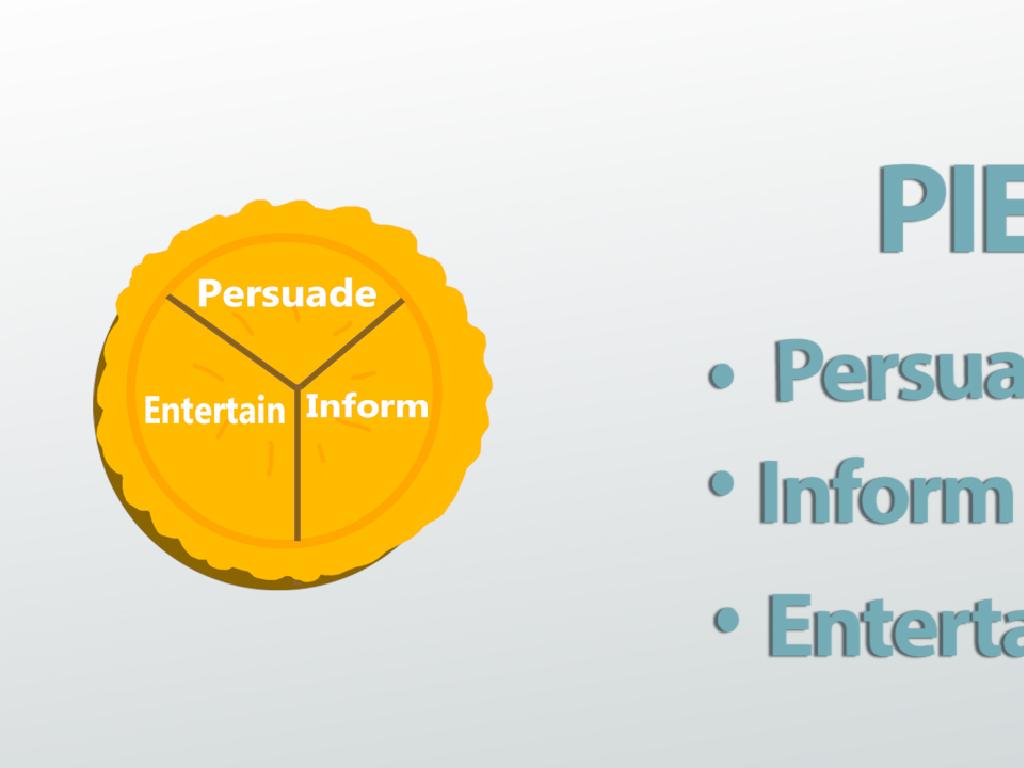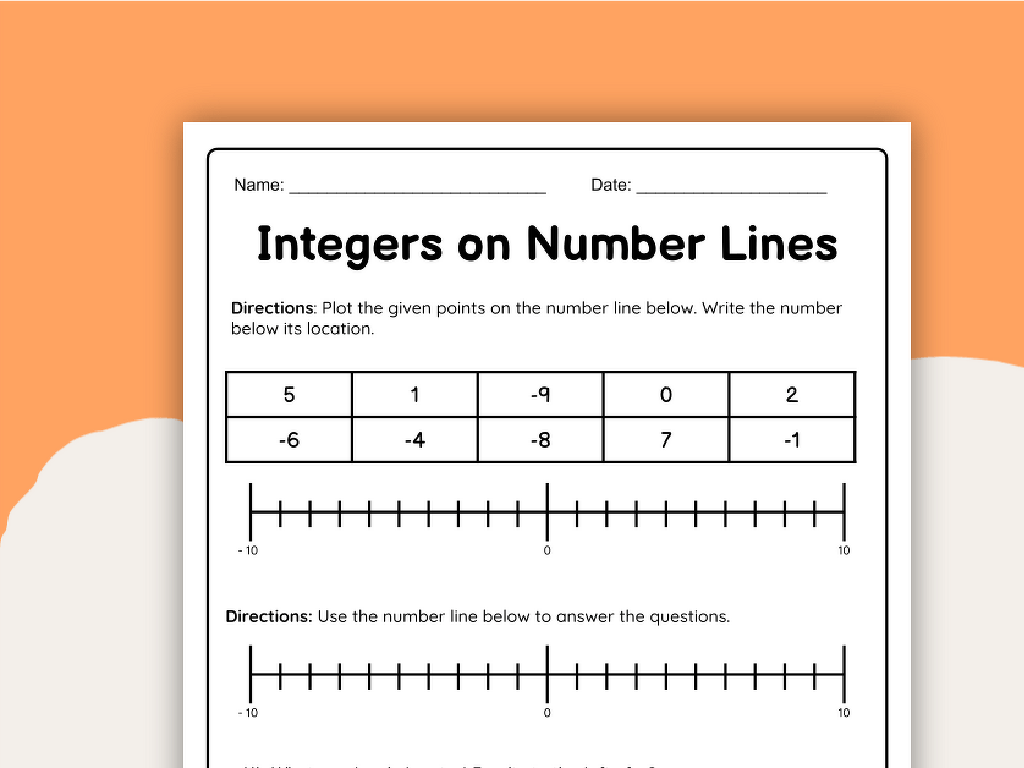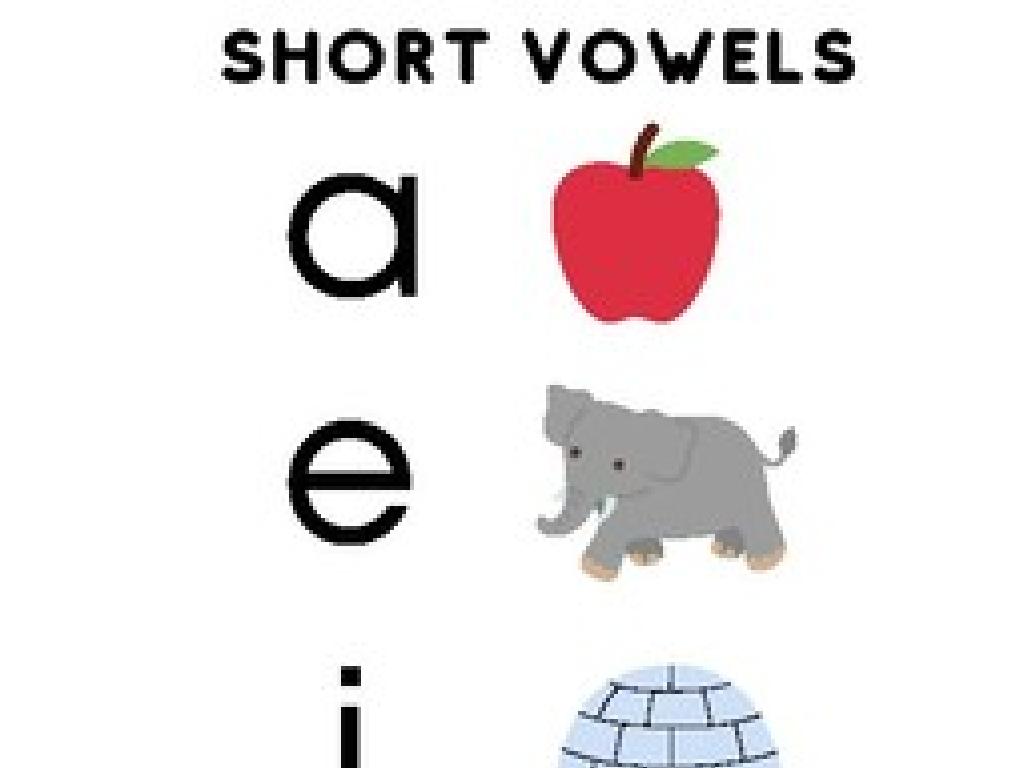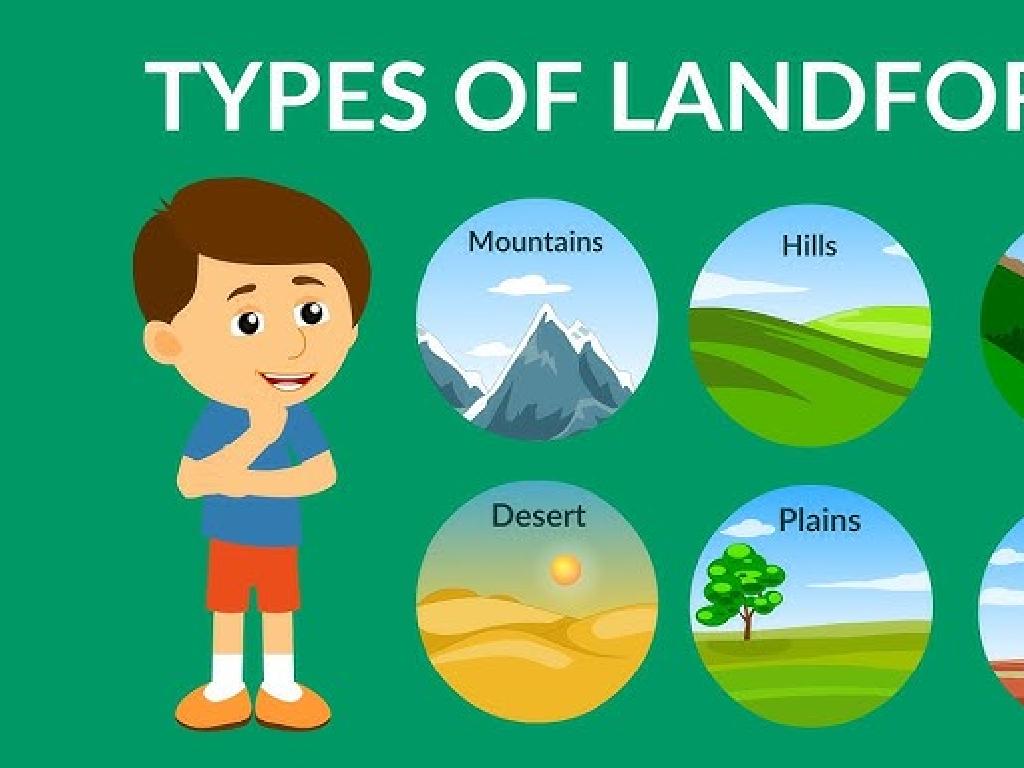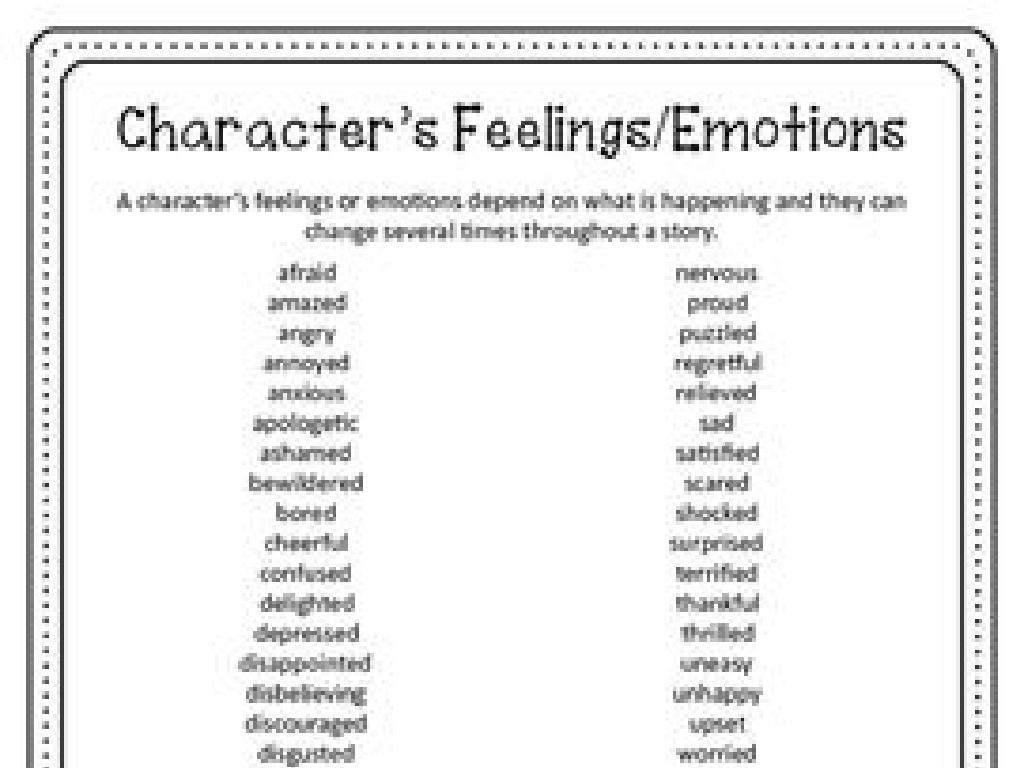Inside And Outside, Above And Below, Next To And Beside
Subject: Language arts
Grade: First grade
Topic: Location Words
Please LOG IN to download the presentation. Access is available to registered users only.
View More Content
Exploring Location Words
– Learn about location words
– Location words are adjectives that give us clues about places
– Words tell us where things are
– ‘Above’ means higher, ‘below’ means lower
– Describe object positions
– Use these words to tell where your toys or books are
– Examples: ‘inside’, ‘outside’
– ‘Inside’ means within something, ‘outside’ means not within
|
This slide introduces first graders to the concept of location words, which are essential for describing the position of objects. Emphasize that these words are used every day to explain where things are located. Provide clear definitions and use tangible examples that are relevant to the students, such as classroom items or familiar objects from home. Encourage the children to use gestures and point to objects as they learn each new word. Plan interactive activities where students can practice using these words in sentences, such as ‘The ball is inside the box’ or ‘The bird is above the tree’.
Exploring Location Words
– What are location words?
– Location words describe positions
– Words showing where things are
– Like ‘above’, ‘below’, ‘next to’
– They compare places of things
– ‘The cat is next to the box’
– Examples: ‘inside’, ‘outside’
– ‘The ball is inside the basket’
|
Location words are essential in describing the position of objects relative to others. They are foundational vocabulary for first graders as they help in understanding and following directions, as well as in describing scenes or objects. Use everyday examples to illustrate these words, such as ‘The book is on the table’ for ‘above’ or ‘The shoes are under the bed’ for ‘below’. Encourage students to use their hands and body to show each word as you go through them. This kinesthetic approach will help them remember the words better. Plan activities where students can practice using these words, like describing the location of their favorite toy or finding objects in the classroom based on location words.
Understanding Location: Inside & Outside
– ‘Inside’ means surrounded by something
– Like being in a room or a box
– ‘Outside’ is not surrounded by it
– Like being in the yard or the street
– Example with a teddy bear
– The teddy bear is inside the box, not visible from outside
– Example with a ball
– The ball is outside the box, you can see it right away
|
This slide introduces the concept of ‘inside’ and ‘outside’ as location words. Start by explaining that ‘inside’ means something is contained within another object or area, much like when they are in their classroom, they are inside the school. Conversely, ‘outside’ refers to not being within something, similar to when they are in the playground, they are outside the school building. Use tangible examples like a teddy bear being inside a box, where it is surrounded and not immediately visible, and a ball being outside the box, where it can be seen easily. Encourage the students to think of other examples and ask them to describe whether items in the classroom are inside or outside of other objects.
Understanding ‘Above’ and ‘Below’
– ‘Above’ means higher up
– Like a kite in the sky above your head
– ‘Below’ means lower down
– Like worms that live in the soil under your feet
– Example: Bird above the tree
– Example: Roots below the ground
|
This slide introduces the location words ‘above’ and ‘below’ to first graders, helping them understand relative positions. ‘Above’ is used to describe something that is at a higher level, while ‘below’ is for something at a lower level. Use everyday examples like a bird flying higher than a tree to illustrate ‘above’ and roots being lower than the ground to demonstrate ‘below.’ Encourage students to think of other examples of objects or things that can be found above or below something else. This will help them grasp the concept of spatial awareness in terms of vertical positioning.
Understanding ‘Next to’ and ‘Beside’
– ‘Next to’ and ‘beside’ meanings
– Both mean something is at the side of another thing.
– Use in describing positions
– Great for explaining where things are in relation to each other.
– Example: Cat next to the dog
– Visualize a cat sitting by the side of a dog.
|
This slide introduces the location words ‘next to’ and ‘beside,’ which are used to describe when one object is at the side of another. It’s important to help students understand that these words help us talk about the position of things. Use everyday examples, like a book on a desk or a cup next to a plate, to illustrate the concept. Encourage students to use ‘next to’ and ‘beside’ to describe objects in the classroom or at home. This will help them grasp the concept of these location words in a practical and memorable way.
Let’s Practice Location Words!
– Practice using ‘inside’ and ‘outside’
– Create sentences with ‘above’ and ‘below’
– Use ‘next to’ and ‘beside’ in phrases
– Share your sentences with the class
Think of objects in the classroom to describe their positions
|
This slide is for a class activity where students will apply their understanding of location words by making their own sentences. Start by demonstrating how to use ‘inside’ and ‘outside’ with examples like ‘The apple is inside the basket’ or ‘The dog is outside the house’. Then, move on to ‘above’ and ‘below’, such as ‘The bird flew above the tree’ or ‘The fish swam below the surface’. For ‘next to’ and ‘beside’, give examples like ‘The pencil is next to the notebook’ or ‘The cat sat beside the window’. Encourage students to look around the classroom and use objects they see to create their own sentences. After crafting their sentences, ask volunteers to share with the class to reinforce their learning and build confidence.
Class Activity: Find and Tell with Location Words
– Let’s play ‘Find and Tell’
– Find an item in our classroom
– Use location words to describe where it is
– Words like ‘inside’, ‘outside’, ‘above’, ‘below’, ‘next to’, ‘beside’
– Example: ‘The clock is above the door’
– ‘The plant is beside the window’ or ‘The pencils are inside the cup’
|
This activity is designed to help students practice using location words in a fun and interactive way. Encourage the children to look around the classroom and pick any item they wish to describe. Remind them to use the location words we’ve learned: inside, outside, above, below, next to, and beside. As they find items, they should formulate sentences like the examples provided. For instance, a student might say, ‘My water bottle is next to my lunchbox.’ Have a variety of suggested items and locations prepared in case some students need extra guidance. This activity will reinforce their understanding of location words and how to use them in context.
Fantastic Work on Location Words!
– Congratulations on learning location words
– Location words describe positions
– Words like ‘inside’, ‘outside’, ‘above’, ‘below’, ‘next to’, ‘beside’
– Practice makes perfect
– Use your new words in daily conversations
– You’re on your way to becoming an expert
|
This slide is a positive reinforcement for the students, congratulating them on their effort and encouraging them to continue practicing. Emphasize the importance of location words in everyday communication, helping them describe the position of objects and people. Encourage them to use these words at home and in school to become more familiar with them. You might suggest playing a game where they use location words to describe where their toys or household items are. Celebrate their progress and remind them that with practice, they will master the use of location words.

